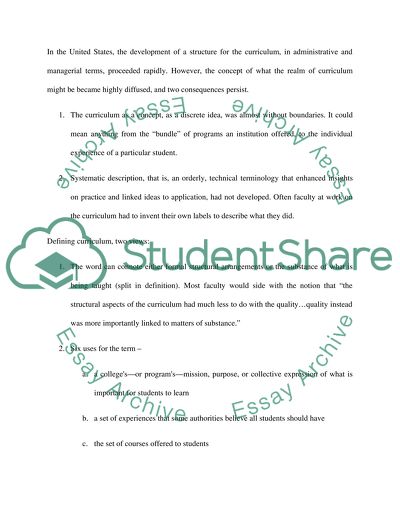Curriculum definitions and reference point Article. Retrieved from https://studentshare.org/education/1613529-curriculum-definitions-and-reference-point
Curriculum Definitions and Reference Point Article. https://studentshare.org/education/1613529-curriculum-definitions-and-reference-point.


